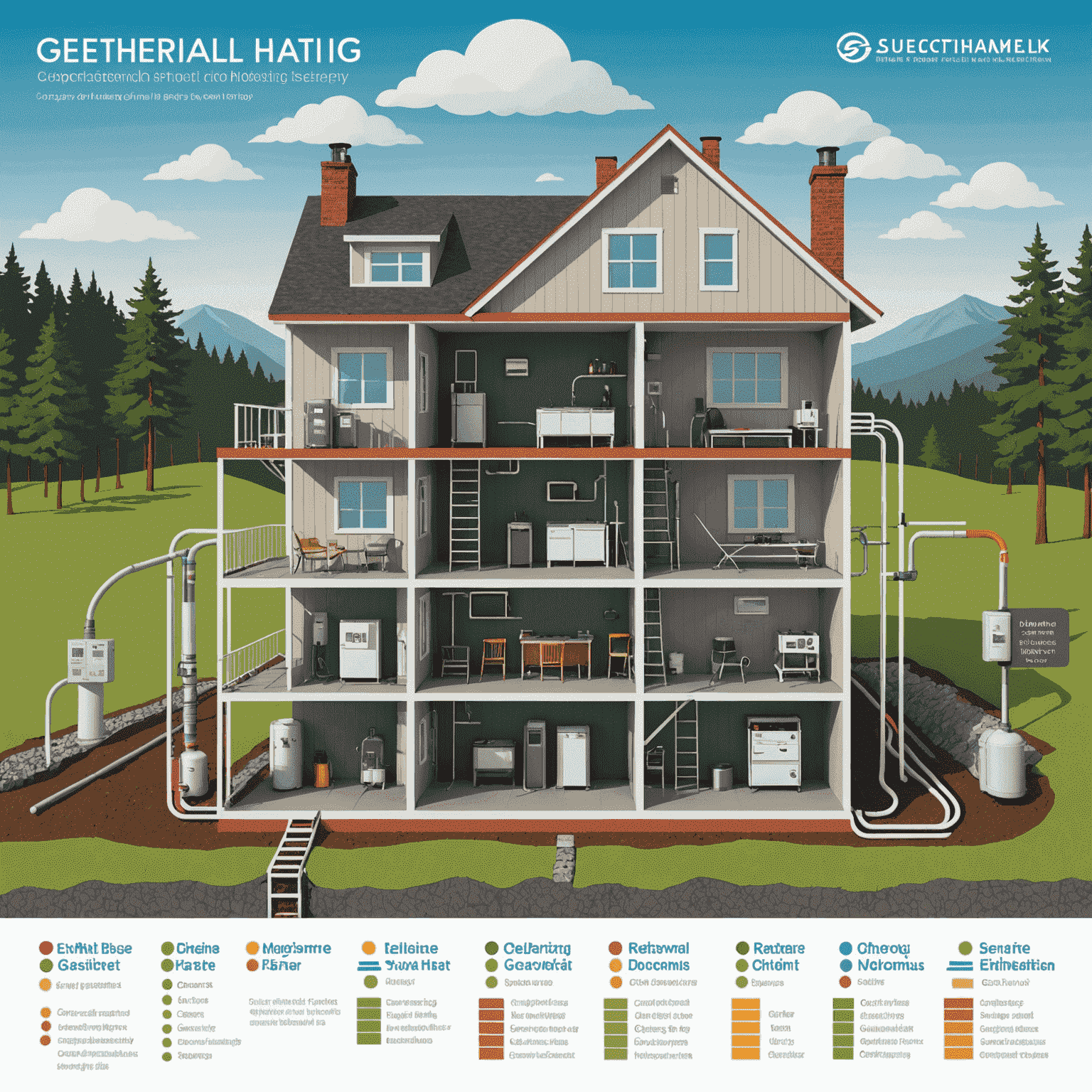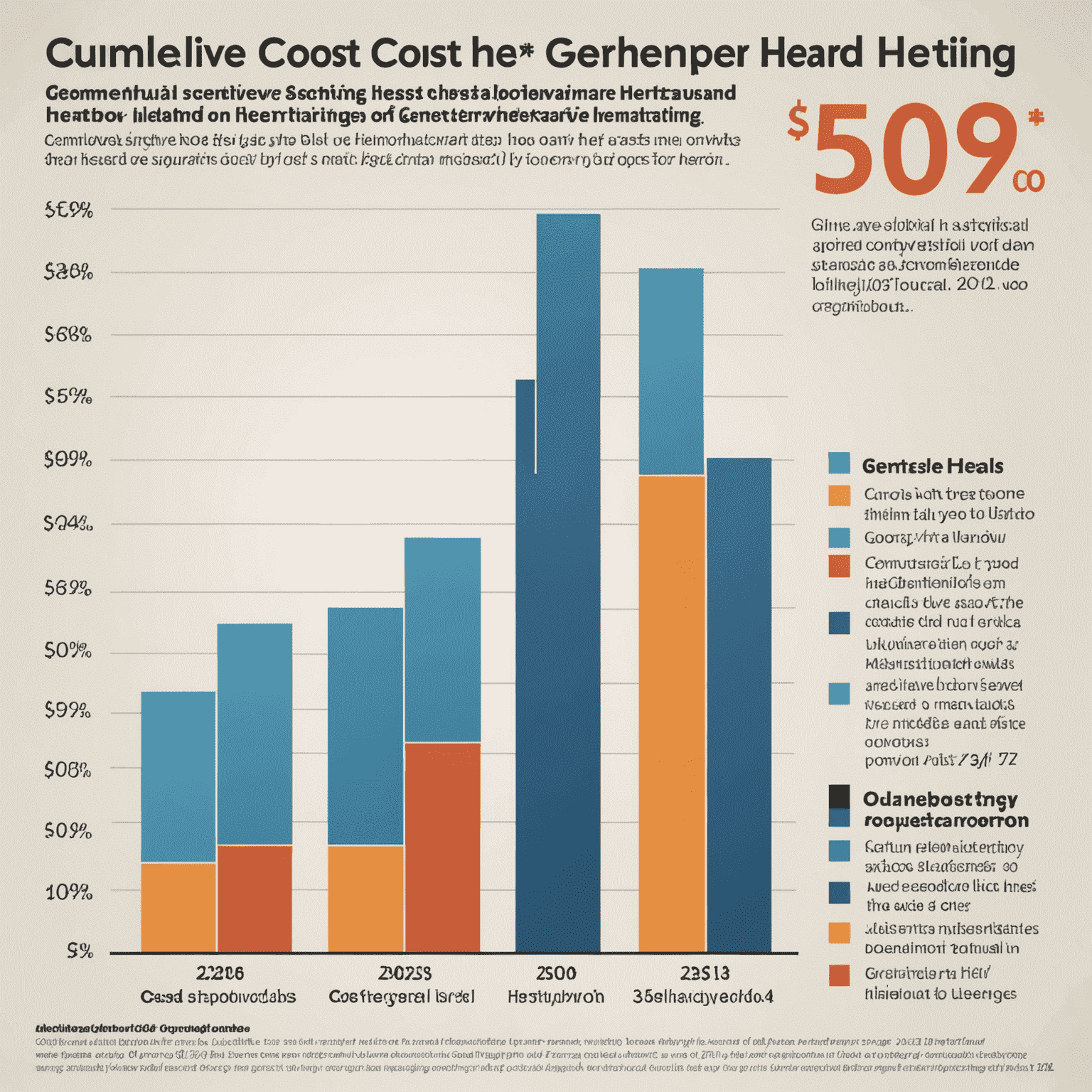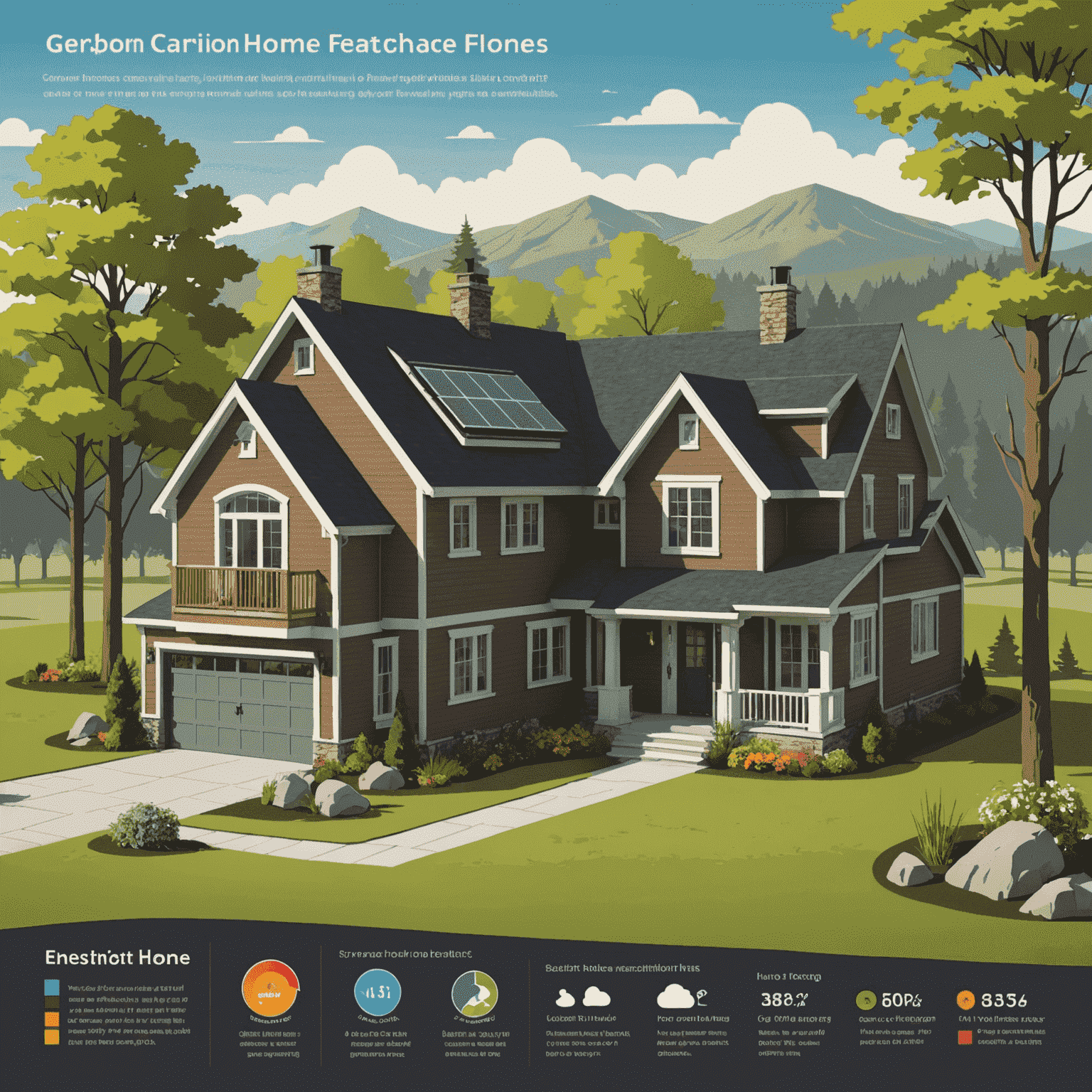Cost-Benefit Analysis: Geothermal vs. Traditional Heating

As we navigate towards a more sustainable future, the choice between geothermal and traditional heating systems becomes increasingly significant. This analysis delves into the long-term savings and efficiency of earth heating compared to conventional methods.
Initial Investment
Geothermal systems typically require a higher upfront cost due to the installation of ground loops and heat pumps. However, this initial investment sets the stage for substantial long-term benefits.
Average Initial Costs:
- Geothermal: $20,000 - $25,000
- Traditional HVAC: $5,000 - $10,000
Operational Efficiency
Geothermal systems harness thermal energy from the earth, resulting in unparalleled efficiency:
Geothermal Efficiency
400-600% efficient, meaning for every unit of electricity used, 4-6 units of heating are produced.
Traditional Heating Efficiency
80-95% efficient for high-end furnaces, with older models often below 80% efficiency.
Long-Term Savings
While the initial cost of geothermal is higher, the long-term savings are substantial:

- Annual energy savings: 30-60% compared to traditional systems
- Reduced maintenance costs due to fewer moving parts
- Longer lifespan: 20-25 years for indoor components, 50+ years for ground loops
Environmental Impact
Geothermal systems significantly reduce carbon emissions:
- Up to 70% reduction in CO2 emissions compared to traditional heating
- No on-site combustion of fossil fuels
- Contributes to lower overall energy demand

Conclusion
While geothermal systems require a higher initial investment, they offer superior efficiency, significant long-term savings, and a substantially reduced environmental impact. For homeowners committed to sustainable living and long-term cost-effectiveness, geothermal heating presents a compelling choice that aligns with both economic and ecological considerations.